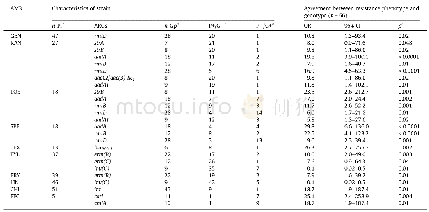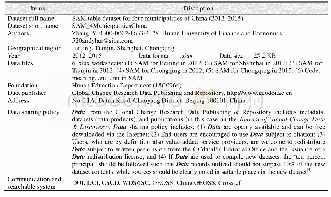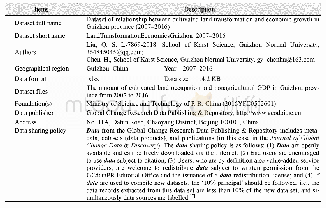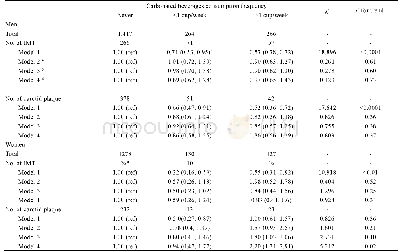《Table 1 Summary of our predictions for associations between metacommunity paradigms,species functio
 提示:宽带有限、当前游客访问压缩模式
提示:宽带有限、当前游客访问压缩模式
本系列图表出处文件名:随高清版一同展现
《Spatiotemporal distribution of seasonal bird assemblages on land-bridge islands: linking dynamic and static views of metacommunities》
Here,we sampled bird assemblages of winter residents,summer residents,winter visitors and summer visitors on 36 islands in a large inundated lake,and examined the relationships between metacommunity dynamics,functional traits and island characteristics.Specifically,we tested the following four hypotheses:(1)Extirpation(or evacuation)rates will be higher for winter residents and winter visitors than summer residents and summer visitors,and highest of all for winter visitors.This is expected because of strong associations with habitats for breeding birds and high mobility of winter visitors.(2)Winter residents and winter visitors will have higher colonization rates in this region compared to summer residents and summer visitors,due to their high dispersal ability and weak territory associations.Related to this,habitat associations will be lower for winter birds than summer birds.(3)From(1)and(2),it follows that the overall turnover of bird assemblages is expected to be higher for winter than summer bird assemblages.An alternative is that turnover would be low if extirpation and colonization occur repeatedly in certain species(Beven 1976)and cancel each other out.(4)Summer residents and summer visitors will show stronger associations between species composition and habitat or island variables(and species characteristics associated with habitat specificity)than residents and winter visitors.This is because of the high habitat specificity expected for breeding birds.Overall,the expected net effect of the above is that we expect different metacommunity dynamics for winter versus summer residents,winter versus summer visitors,and resident versus migratory assemblages.
| 图表编号 | XD00109450900 严禁用于非法目的 |
|---|---|
| 绘制时间 | 2019.09.01 |
| 作者 | Chuanwu Chen、Marcel Holyoak、Yanping Wang、Xingfeng Si、Ping Ding |
| 绘制单位 | College of Life Sciences, Zhejiang University、Jiangsu Key Laboratory for Biodiversity and Biotechnology, College of Life Sciences, Nanjing Normal University、Department of Environmental Science and Policy, University of California,Davis、College of Life Sci |
| 更多格式 | 高清、无水印(增值服务) |
查看“Table 1 Summary of our predictions for associations between metacommunity paradigms,species functional traits,and specie”的人还看了
-

- Table 1 Metadata summary of the“Dataset of strategical transformation regionalization for the agricul-tural comprehensiv





